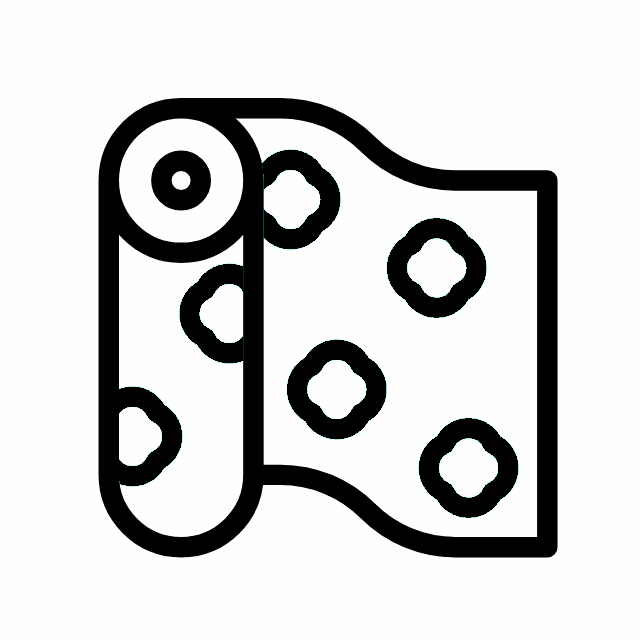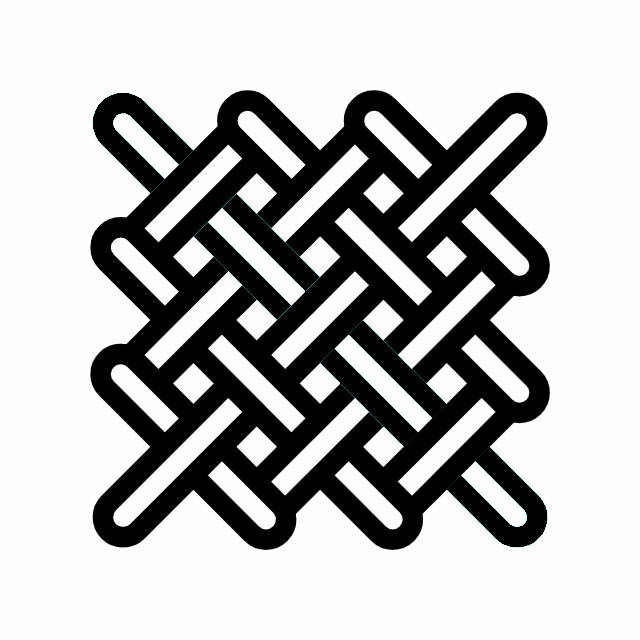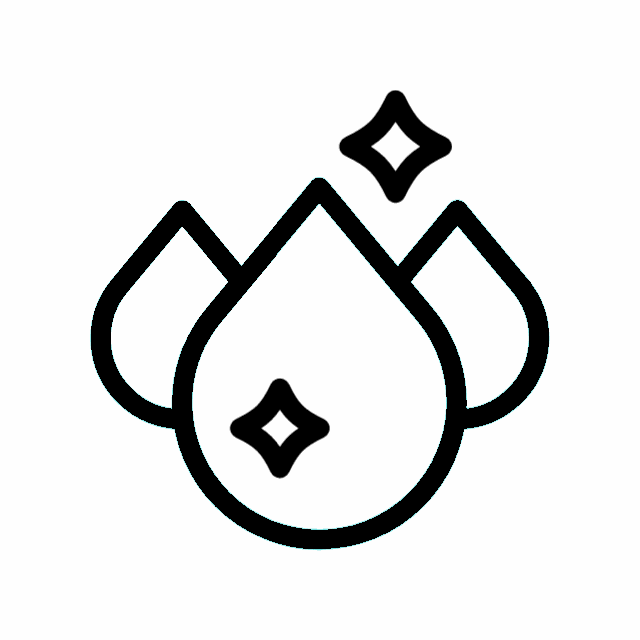Rules for use and care of fabrics

General information
- Before purchasing, please familiarize yourself with the intended use of the fabric, its technical parameters, properties, and care instructions provided in the technical data sheet for each collection. Technical data sheets are available on the website www.toptextil.pl.Szczegółowa. The catalog sheet describes all properties.
-
Toptextil sp. z o.o. is not liable for mechanical damage or damage resulting from improper use and/or cleaning of the fabric.
-
Individual fabric production batches may differ slightly in shade from the colors presented in the sample book.
-
It is assumed that, depending on the type of fabric, abrasion resistance in the range of 2000-4000 Martindale cycles corresponds to approximately 1 year of normal use of the furniture.
-
According to ISO 13936, the correct stitch density is 33-35 stitches per 10 cm of fabric, with a minimum stitching distance from the edge of the fabric of at least 1.5 cm.

Use and placement of furniture
-
Sharp objects should not be used to unpack fabrics and furniture, as this may damage the fabric.
-
When moving furniture, hold onto its solid, hard parts. Do not hold onto soft parts (upholstery), as this may cause irreversible damage to the fabric.
-
The furniture should be placed in a location that allows for its unrestricted use. Avoid places where the furniture will be exposed to frequent abrasion, e.g., narrow passageways.
-
The furniture should be placed away from heat sources such as radiators, fireplaces, and stoves, as these can have a negative effect on the fabric.Długotrwała ekspozycja tkaniny na promienie słoneczne może spowodować jej odbarwienia.
-
Protect the furniture from scratches, e.g., from animal claws or sharp items of clothing.

Natural properties of fabrics
-
The effect of pilling and fuzzing results from the properties of the fabric and cannot be completely eliminated. It is a natural process during the use of the fabric.
-
As a result of friction against the fabric, fibers from other fabrics may migrate – the microfibrillation effect – and dyes from darker fabrics may migrate to lighter fabrics, e.g., darker pants may discolor light-colored upholstery.
-
Do not use covers (blankets, bedspreads) on furniture, as this may result in foreign pilling, i.e., the migration of foreign fibers onto the furniture upholstery.
-
Deformation, wrinkles, and creases in the upholstery are acceptable on the most frequently used parts of the furniture, e.g., the seat. To minimize deformation, it is recommended to use the furniture evenly and smooth the upholstery surface by hand.
-
In the case of pile fabrics (knitted fabrics, chenille), in order to minimize the phenomenon of permanent creases, it is recommended to smooth the surface of the upholstery by hand after each use.
-
Pointed tension, e.g., jumping, can lead to various types of mechanical damage, tearing, and fabric separation.

Cleaning and care
-
Any stains should be removed immediately using a dry, light-colored cloth, paper towel, or other absorbent material, gently pressing it against the spilled liquid.
-
Do not use items that may damage the fabric structure, such as a rough sponge or brush.
-
A solution of gray soap and water is recommended for removing stains from fabrics.
-
The fabric should be cleaned in the direction of the pile (in the case of knitted fabrics and velvets) from the outside of the stain to the center to prevent the stain from spreading further. In the case of heavier soiling, it is advisable to clean the entire piece of furniture to prevent streaks from appearing.
-
When cleaning, do not rub the fabric or apply too much pressure.
-
When removing stains, take special care not to dampen the other components of the furniture.
-
Before using professional chemicals to clean the upholstery, test the product on an inconspicuous area.
-
Vacuuming fabrics is not recommended. Improper cleaning of fabrics can lead to static electricity, pilling, and even damage to the structure of the material. To avoid damage, it is recommended to use appropriate cleaning methods, adapted to the type of fabric, and to test the cleaning on a less visible part of the fabric before cleaning.

Special markings
-
The PetProof label indicates that the fabric is more resistant to snagging. However, it should be remembered that no fabric is indestructible, and intense or prolonged exposure to sharp objects may cause damage.
-
The WaterRepelent label indicates that the fabric is more resistant to absorbing liquids. Spilled liquids should be removed immediately with a dry cloth or paper towel, gently pressing it against the liquid so that it absorbs it. Rubbing the material is not necessary. In addition, please note that spilled liquids left on the furniture will eventually soak into the material.
-
The EasyClean label indicates increased resistance to staining. Any stains should be removed immediately using a clean, damp cloth, wiping the stain several times in the direction of the pile until it is completely removed. The material should dry on its own. In addition, please note that intense stains left on the material may cause permanent discoloration.
-
WaterRepelent and EasyClean protection may be weakened after each cleaning of the fabric, but this process does not affect its appearance.



